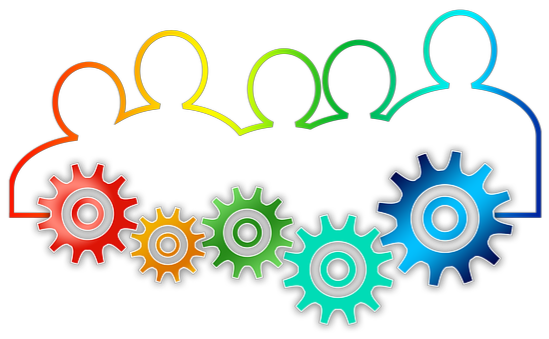Why You Need Two Sign Language Interpreters for Longer Events: Everything You Need to Know About ASL Team Interpreting
If you’re planning to hire a sign language interpreter for a meeting, conference, or event lasting over an hour, you may be surprised to learn that you likely need two interpreters. Two interpreters working together ensure an accurate, accessible, and effective event for all participants.
In this post, we’ll explain what team interpreting in American Sign Language (ASL) is, when it’s required, and why it’s a best practice for ASL interpreter services.
What Is Team Interpreting in ASL?
Team interpreting refers to the practice of using two qualified ASL interpreters who alternate and support each other during a session. Rather than interpreting at the same time, interpreters usually switch every 15-30 minutes.
While one interpreter is actively signing or voicing, the other is monitoring for accuracy, providing backup if needed, and preparing for their next turn. This ensures that both interpreters stay mentally sharp and that all consumers receive consistently accurate information.
Key Benefits of Team Interpreting:
- Maintains interpreting accuracy
- Reduces mental and physical fatigue
- Enhances clarity in fast-paced or complex environments
How Long Can an ASL Interpreter Work Alone?
Research and industry standards are clear: interpreting is cognitively demanding and cannot be sustained solo for long durations without risking burnout or errors.
According to the Registry of Interpreters for the Deaf (RID), interpreting involves intense concentration, real-time language processing, and quick decision-making—often in high-pressure situations. A landmark study (Moser-Mercer et al., 1998) showed that interpreter accuracy begins to drop after just 30 minutes of continuous work.
That’s why most ASL interpreting agencies recommend two interpreters for any event longer than one hour, or for events that are especially complicated, fast-paced, or involve multiple speakers (such as a panel).
When Is a Second ASL Interpreter Required?
You should plan to hire two ASL interpreters if your event involves:
- Sessions longer than 60 minutes
- Technical or fast-paced conversations
- Multiple speakers or panel discussions
- Legal, medical, or academic content
- DeafBlind participants needing tactile or close vision interpreting
Still unsure? DAS can help evaluate your event and recommend the best solution.
What Happens If You Only Use One Interpreter?
Opting for just one interpreter when two are needed can lead to serious issues, including:
- Decreased accuracy and increased risk of errors
- Interpreter fatigue and burnout
- Physical strain or long-term injury (e.g., Repetitive Strain Injury)
- Reduced accessibility for participants
According to RID’s Standard Practice Paper, team interpreting “provides the necessary support for maintaining accuracy and minimizing interpreter fatigue.” In other words, team interpreting isn’t optional—it’s essential.
Do I Really Need Two Interpreters for My Event?
If your event lasts over an hour, includes multiple speakers, or requires technical content, then yes—you likely need a team of two certified ASL interpreters. This will ensure the highest level of access possible.
Choosing to hire a team of interpreters helps:
- Ensure high-quality interpreting throughout your event
- Support the health and safety of the professionals
- Demonstrate your commitment to Deaf inclusion and accessibility
Final Thoughts: Prioritize Access, Not Just Coverage
When you invest in two interpreters, you’re not just meeting a standard—you’re showing that accessibility and inclusion matter. You’re honoring the communication needs of Deaf attendees and creating a more equitable space for all participants.
If you’re unsure whether your event qualifies for team interpreting, don’t guess. Contact us today—our Coordination Team can help you assess your needs and provide guidance on best practices.

